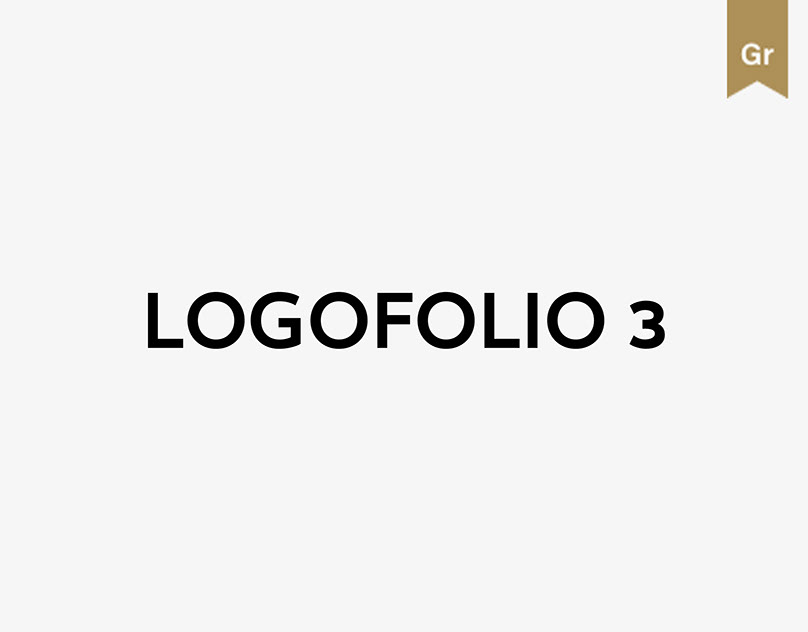Phase 1: Ideation and brinstorming
We began our exploration of art and learning through the types of art we had all made as children. Through brainstorming, mind mapping and visualization we started to develop ideas for our workshop.



Phase 2: Prototyping
We began to experiment with different ways of explaining the activities and instructions. The steps had to be more visual as we did not want language to be a barrier.





Phase 3: Interaction with children
Through the Field Visits we had many opportunities to work directly with the students of Communities Rising, Inc., Villupuram. We worked with children aged 9 to 11. Many of these children had never used scissors before, but had various craft skills and it was an enriching experience to interact with them.
The activity chosen for our group was mask-making and role-playing.




Phase 4: Creating end-user profiles
To get to know our end users better we developed end user profiles. We interviewed parents, teachers, students and tailors in an attempt to get a better understanding of how the ATOM project can better serve the Villupuram District community in Tamil Nadu.
I interviewed the art teacher, who was also ran a training center that would eventually assist us in creating the art kit.

Phase 5: Creating the instruction manual and handouts
We were divided into groups of three. Our group was assigned to create the layouts and designs for the handouts and book. The illustrations for the manual were assigned to another group.

FRONT

BACK

A5 Book spread

A5 Book spread





